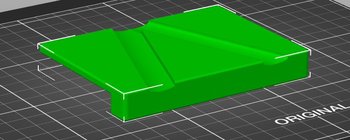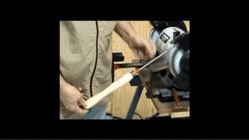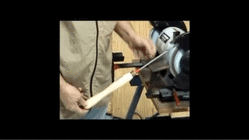Personally, I use a platform to sharpen my skew. You're going down a deep rabbit hole with skew sharpening though, much more deep than SRG. Here is the link to a relatively recent thread about sharpening skews.
FYI, yes everyone can see your response to Brian. You're all good. I can't comment on high speed grinder use for turning tools, as I've only used a slow speed. However, if you're going to spend the money on new cbn wheels, I would recommend just getting a low speed grinder as well (if it's on your price range). You could still use the high speed for reshaping, but then use the low speed for sharpening. That said, many far more experienced folks than I will likely have far better advice to give about this.
FYI, yes everyone can see your response to Brian. You're all good. I can't comment on high speed grinder use for turning tools, as I've only used a slow speed. However, if you're going to spend the money on new cbn wheels, I would recommend just getting a low speed grinder as well (if it's on your price range). You could still use the high speed for reshaping, but then use the low speed for sharpening. That said, many far more experienced folks than I will likely have far better advice to give about this.



